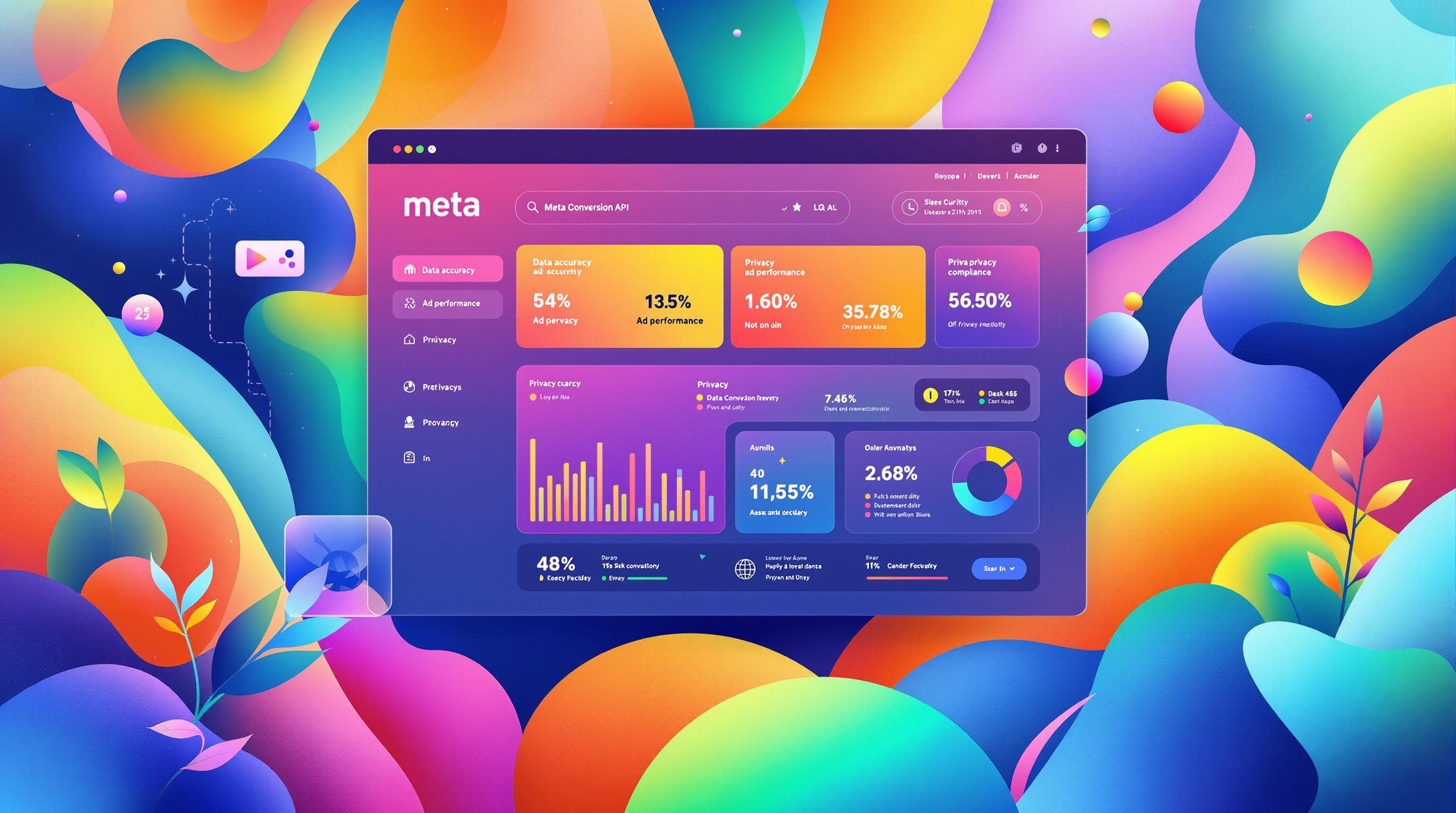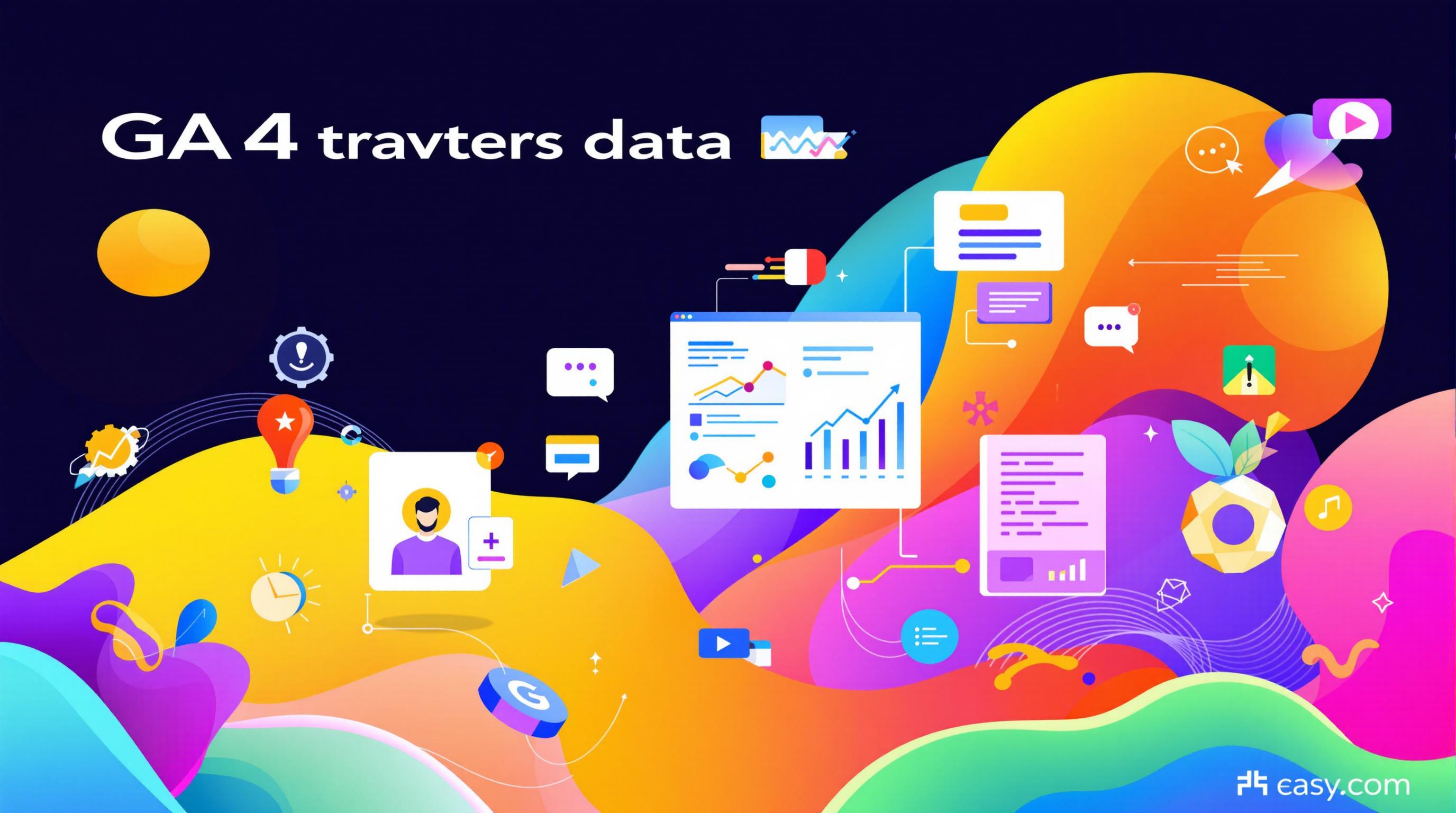Server-side tracking improves data accuracy, respects user privacy, and enhances website performance by processing data on a dedicated server instead of the user's browser. This approach addresses issues like ad blockers, privacy regulations, and browser limitations while offering better control over data.
Key Benefits:
- Accurate Data: Avoids disruptions from ad blockers or browser restrictions.
- Privacy Compliance: Allows filtering, anonymizing, and managing data to meet GDPR and CCPA standards.
- First-Party Data: Supports responsible data collection integrated with CRM insights.
- Marketing Optimization: Boosts the reliability of tracking for platforms like Meta and TikTok.
- Improved Performance: Reduces browser load, speeding up websites and enhancing user experience.
Server-side tracking is particularly useful for businesses seeking reliable analytics, stronger privacy safeguards, and better marketing insights. Ready to dive deeper? Let’s explore how it works and its applications.
What is Server-Side Tracking in Google Tag Manager?

Benefits of Server-Side Tracking
Data Accuracy
Server-side tracking boosts the reliability of conversion tracking by accurately capturing purchase events, even when users use ad blockers or privacy-focused browsers. This is especially crucial for e-commerce platforms, helping ensure metrics like conversion rates and revenue attribution remain dependable and actionable [3][5].
User Privacy
With server-side tracking, businesses gain greater control over how data is processed and shared, making it easier to comply with privacy regulations. It allows for filtering, anonymizing, and managing access to data in line with rules like GDPR and CCPA, all while respecting user consent [5][4].
This approach also strengthens the ability to collect and use first-party data responsibly.
First-Party Data
Server-side tracking supports first-party data collection in a way that aligns with privacy standards - a growing need in today’s digital environment. By integrating this data with CRM insights, businesses can build a more detailed view of customer behavior [1][5].
Marketing Pixel Performance
By ensuring consistent event tracking across platforms like Meta, TikTok, and Snap, server-side tracking enhances the accuracy of marketing pixels. This is especially useful when users have ad blockers enabled, allowing businesses to gather reliable data for campaign optimization, which directly impacts ROI [3][5].
Website Performance
Server-side tracking reduces the load on the client side, which improves page load speed, optimizes browser resource usage, and enhances the overall user experience [3][5]. These improvements not only make websites perform better but also enable more advanced analytics and marketing strategies.
| Performance Aspect | Improvement |
|---|---|
| Page Load Speed | Faster due to fewer client-side scripts |
| Browser Resources | Reduced memory and CPU usage on user devices |
| Mobile Performance | Smoother on slower or limited connections |
sbb-itb-38e9f15
Applications of Server-Side Tracking
Google Analytics 4 (GA4) Implementations

Server-side tracking takes GA4 to the next level by enabling advanced data processing. For example, businesses can merge GA4 data with CRM information before sending it, offering a more complete view of user behavior. This is especially useful for e-commerce platforms and SaaS companies that require precise conversion tracking [1][3].
Some key benefits include better event data processing, improved privacy controls, and less reliance on client-side resources. These features allow businesses to gather detailed analytics without compromising website performance.
Marketing Attribution with Conversion APIs
When it comes to marketing attribution, server-side tracking changes the game. It improves Conversion API setups for platforms like Meta, TikTok, and Snap by enabling direct server-to-server communication [2][3]. This reduces data loss and boosts the accuracy of conversion tracking.
With this setup, businesses can calculate marketing ROI more accurately and refine attribution models. The result? Smarter marketing decisions based on dependable data.
Compliance with Privacy Regulations
Server-side tracking simplifies compliance with laws like GDPR and CCPA by centralizing how data is processed. This makes managing user consent easier and reduces the risk of exposing sensitive information [3][4].
By addressing privacy concerns, this method not only helps businesses comply with regulations but also builds customer trust. Features like data anonymization and streamlined consent management allow organizations to responsibly collect high-quality analytics data while staying compliant.
This balance of strong privacy measures and effective data collection makes server-side tracking a valuable tool for businesses navigating today’s strict privacy landscape. It ensures they can meet regulatory demands without sacrificing their marketing and analytics goals.
Implementation Considerations for Server-Side Tracking
Technical Setup
Setting up server-side tracking involves several key components: a dedicated server, a GTM server-side container, and properly configured data streams for analytics platforms. Each of these elements plays a role in ensuring the system operates smoothly and delivers accurate data.
That said, implementing server-side tracking comes with its own set of challenges that require careful planning and solutions.
Challenges and Solutions
When rolling out server-side tracking, businesses often face technical obstacles, especially in maintaining consistent data and identifying users accurately. Here's a quick look at some common challenges and how to address them:
| Challenge | Solution |
|---|---|
| High Data Processing Load | Optimize server performance and use caching |
| User Identification | Leverage first-party cookies and manage user IDs effectively |
| Cross-Domain Tracking | Set up proper user ID synchronization |
Consulting with Experts
Because of the complexities involved, working with experts can simplify the process and help ensure compliance with privacy regulations. When choosing a consulting partner, prioritize those with a strong track record in server-side tracking and privacy compliance.
"Server-side tracking makes it difficult for users to access their collected data... It is therefore important to communicate clearly about data collection and use practices to maintain user confidence." [4]
Partnering with experienced professionals not only ensures accurate implementation but also helps maintain high data standards and regulatory compliance. With expert support, businesses can better navigate these challenges and unlock the full potential of server-side tracking, including improved data reliability and stronger privacy safeguards.
Conclusion: Importance of Server-Side Tracking
Why It Matters
Server-side tracking plays a key role in ensuring accurate data collection and meeting privacy standards. By bypassing browser restrictions and ad blockers, it allows businesses to gather reliable insights while respecting user privacy [3]. It also lets companies filter and anonymize data before sharing it with third-party services, making it a smart choice for those focused on data protection [4].
Some major benefits include:
- Better data accuracy by avoiding browser-based limitations
- Stronger compliance with regulations like GDPR and CCPA
- Improved marketing insights for attribution and conversions
- Faster website performance due to reduced client-side processing
Given these advantages, it's worth exploring how server-side tracking can be integrated into your business strategy.
What to Do Next
Getting started with server-side tracking involves a few steps. First, evaluate your current setup and identify what you need for GA4, marketing pixels, and privacy compliance. Then, consider working with analytics experts to ensure everything is implemented correctly [5].
Partnering with professionals can simplify the process, ensuring your system is technically sound and aligned with privacy laws. Their expertise in GA4 and server-side tracking can help you navigate the challenges of modern data collection while making the most of its benefits.



